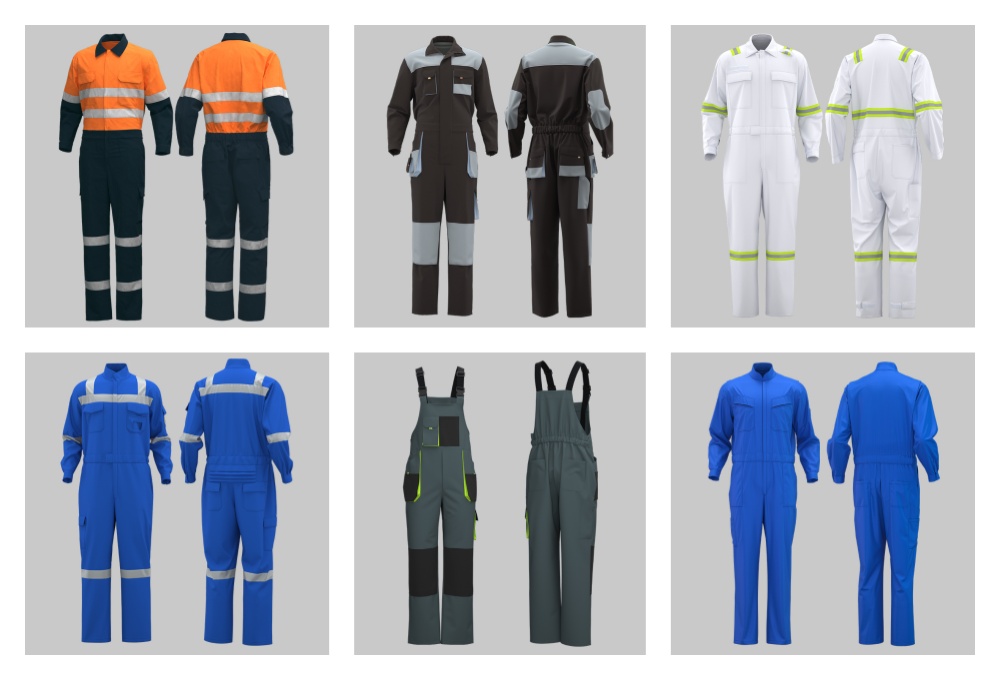That’s an excellent and very important question. The answer is: It depends.
Labeling a fabric “100% Cotton” only tells you the fiber content, not the quality. 100% cotton can be either very high quality or very low quality, depending on several factors.
Think of it like wood: saying “100% wood” doesn’t tell you if it’s cheap particle board or beautiful, solid oak. The same applies to cotton.
Here’s a breakdown of what makes 100% cotton high or low quality.
What Makes High-Quality 100% Cotton?
High-quality cotton is defined by the length of the fibers (staple), the construction of the fabric (weave and weight), and the finishing processes.
1. Fiber Length (The Most Important Factor)
This is the primary determinant of quality.
-
Long-Staple Cotton: Fibers are longer (typically 1.3 to 2 inches). Longer fibers can be spun into finer, stronger, and smoother yarns. This results in a fabric that is:
-
Softer
-
More Durable
-
Less Prone to Pilling (those little fabric balls)
-
Has a Lustrous Sheen
-
-
Extra-Long Staple (ELS) Cotton: The gold standard. Fibers are longer than 1.4 inches. This creates exceptionally soft, strong, and luxurious fabrics.
-
Famous Examples: Egyptian Cotton (especially Giza), Pima Cotton, and Supima® (a branded American Pima cotton).
-
2. Fabric Weave and Weight
-
Weave: A tight, even weave (like high-quality poplin, twill, or sateen) indicates better construction and durability than a loose, uneven one.
-
Weight: Measured in grams per square meter (GSM) or ounces per square yard (oz). Heighter-weight cotton is generally more durable and feels more substantial.
-
Lightweight: ~140 GSM (Good for breezy shirts)
-
Mid-weight: 180-200 GSM (Ideal for t-shirts)
-
Heavyweight: 220+ GSM (Durable for workwear, feels premium)
-
3. Finishing Processes
How the fabric is treated after weaving drastically affects its quality.
-
Combed Cotton: The shorter, weaker fibers are removed, leaving only the long, strong ones. This creates a smoother, stronger, and higher-quality yarn. Combed cotton is almost always a mark of better quality.
-
Mercerized Cotton: Treated with a caustic solution that increases strength, luster (shine), and affinity for dye. Colors look richer and more vibrant, and the fabric is stronger.
-
Pre-Shrunk/Sanforized: The fabric has been treated to minimize shrinkage after washing, ensuring a consistent fit.
Low-Quality vs. High-Quality 100% Cotton: A Comparison
| Feature | Low-Quality 100% Cotton | High-Quality 100% Cotton |
|---|---|---|
| Fiber | Short-staple, irregular fibers | Long-staple or Extra-Long-Staple (ELS) |
| Weave | Loose, uneven, can be see-through | Tight, even, and opaque |
| Handfeel | Rough, stiff, or cardboard-like | Soft, smooth, pliable |
| Durability | Weak, prone to tearing and pilling | Strong and long-lasting |
| After Washing | Fades quickly, shrinks unpredictably, loses shape | Retains color and shape, minimal shrinkage |
| Price | Very inexpensive | More expensive, but better value over time |
In Context: When is 100% Cotton a Good Choice?
-
For T-Shirts & Everyday Wear: High-quality 100% cotton (like combed or ring-spun) is excellent for breathability and comfort.
-
For Bedding & Towels: High-quality 100% cotton (especially ELS like Egyptian or Pima) is luxurious, absorbent, and gets softer over time.
-
For Workwear: Heavyweight 100% cotton (like canvas or drill) is prized for its durability and breathability, though it can be heavy when wet.
When Might a Blend Be Better?
Sometimes, a small amount of synthetic fiber can improve performance for specific uses:
-
Athletic Wear: 100% cotton absorbs sweat and becomes heavy and cold. A polyester-cotton blend wicks moisture and dries faster.
-
Durability & Wrinkle Resistance: A poly-cotton blend is often more wrinkle-resistant and can be more durable for heavy-use items like some work uniforms.
The Bottom Line
“100% Cotton” is a starting point, not a guarantee of quality.
To judge quality, you need to look deeper:
-
Look for specific names: Supima®, Egyptian, Pima, or Combed Cotton are good signs.
-
Feel the fabric: It should feel soft and substantial, not thin and rough.
-
Check the weight: A higher GSM/oz often indicates better durability.
-
Consider the use: For luxury and comfort, high-quality 100% cotton is superb. For high-performance athletics, a blend might be more practical.
So, yes, 100% cotton can be very high quality, but you must look beyond the label to be sure.





